Canary Islands pole-and-line bigeye tuna

Location & History
The Canary Islands are a small island chain in the Eastern Central Atlantic Ocean, off the coast of northwest Africa. They are a self-governing extension of Spain and are made up of seven main islands.
Tuna fisheries existed in the Canary Islands since at least the 1500s due to their prime location in the middle of a tuna migratory route. In fact, tuna fisheries across the Canary islands might have even been active since before the modern era, with historical texts mentioning the tuna-rich fishing grounds across the islands’ waters.
How is the Tuna Caught?
All the bigeye tuna from this fishery is caught using traditional pole-and-line methods, using one hook on a line attached to a bamboo pole, catching one fish at a time. Once a school of tuna has been located, the boat sprays water onto the surface of the ocean to mimic the movements of small fish, which attracts tuna over to the boat. The line hooks are not baited, but fishers throw live fish, typically anchovy or sardines, into the water to start a tuna feeding frenzy. The crew will then lower their lines into the water and when a tuna gets caught on the hook, the fishers will haul the fish out of the water and onto the deck of the boat. The tuna is quickly removed from the hook, and the same hook and line are returned to the water to start again. The fishery is very selective, which means it doesn’t catch endangered animals such as dolphins, turtles or sharks, also known as bycatch. The use of a single hook and line per fisher means that there is very little bycatch of other fish species, and because fishing takes place at the surface of the ocean, there is virtually no negative impact on different marine habitats.
The most recent annual catch measurement from the Canary Islands’ pole and line bigeye tuna fishery was 3 million KG - that’s about 20 million cans of tuna!
Unique Features
Bigeye tuna are highly migratory fish and reach the islands from several areas of the Atlantic at different times of the year. They are one of the main fishery resources of the Canary Islands, contributing to local employment and economy.
Fun Fact: Early reports from the 1830’s mentioned that there were salted tuna industries active on the islands and in the 1920’s, numerous tuna canning factories were established across the islands to support the growing fishing industry.
Gallery
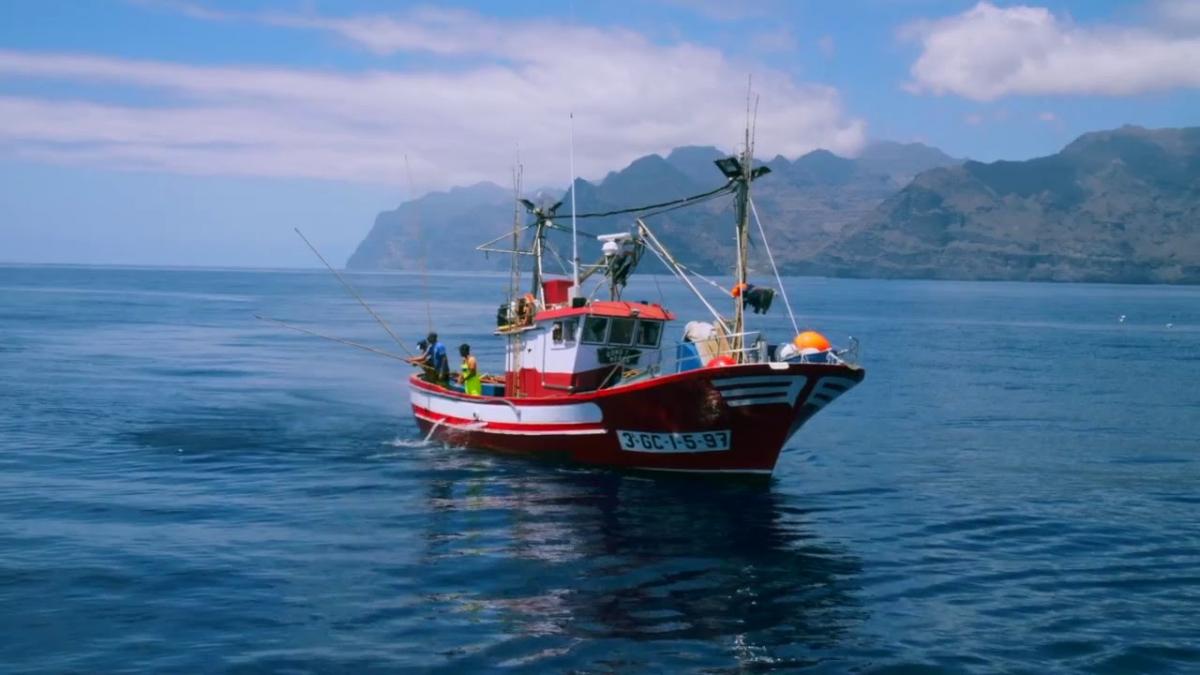
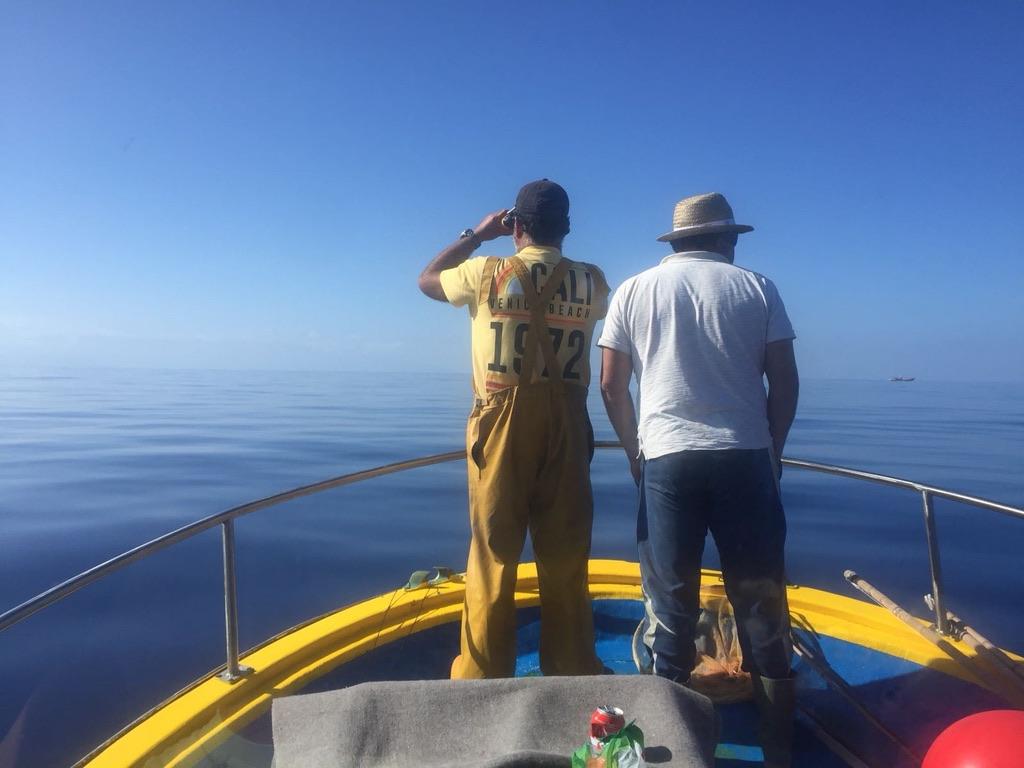
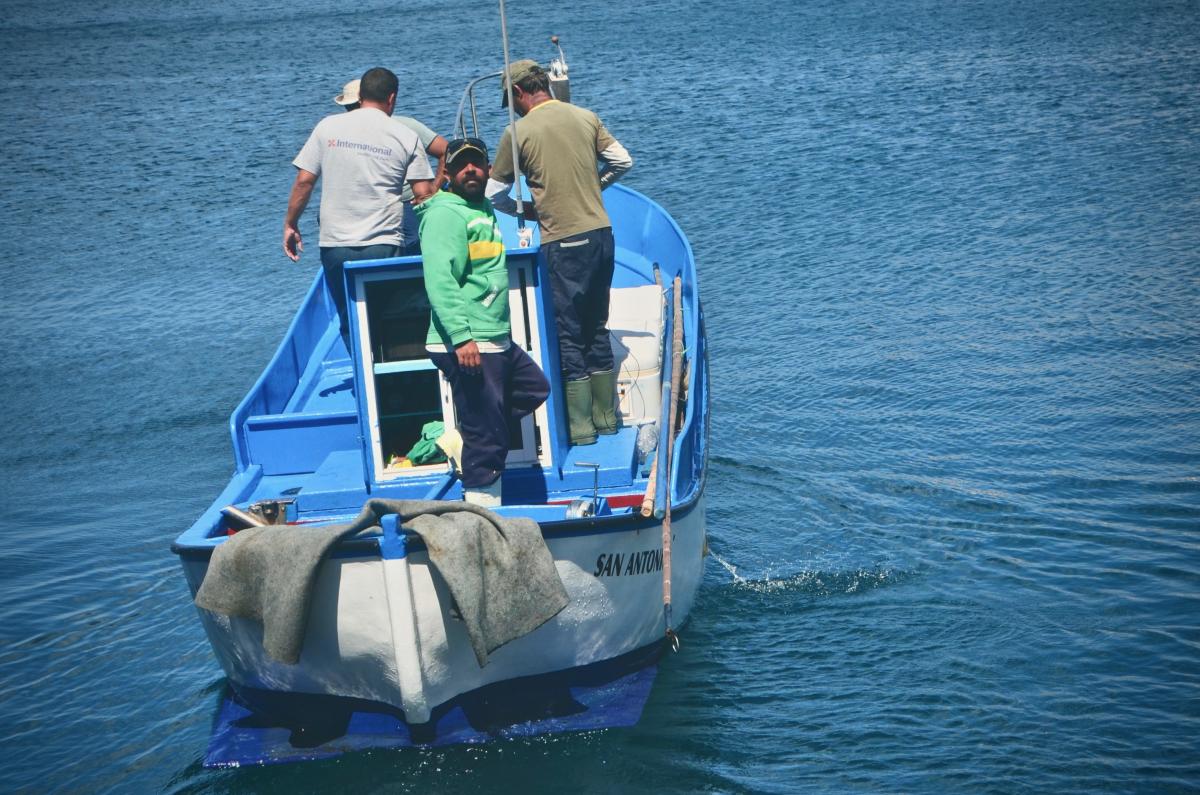
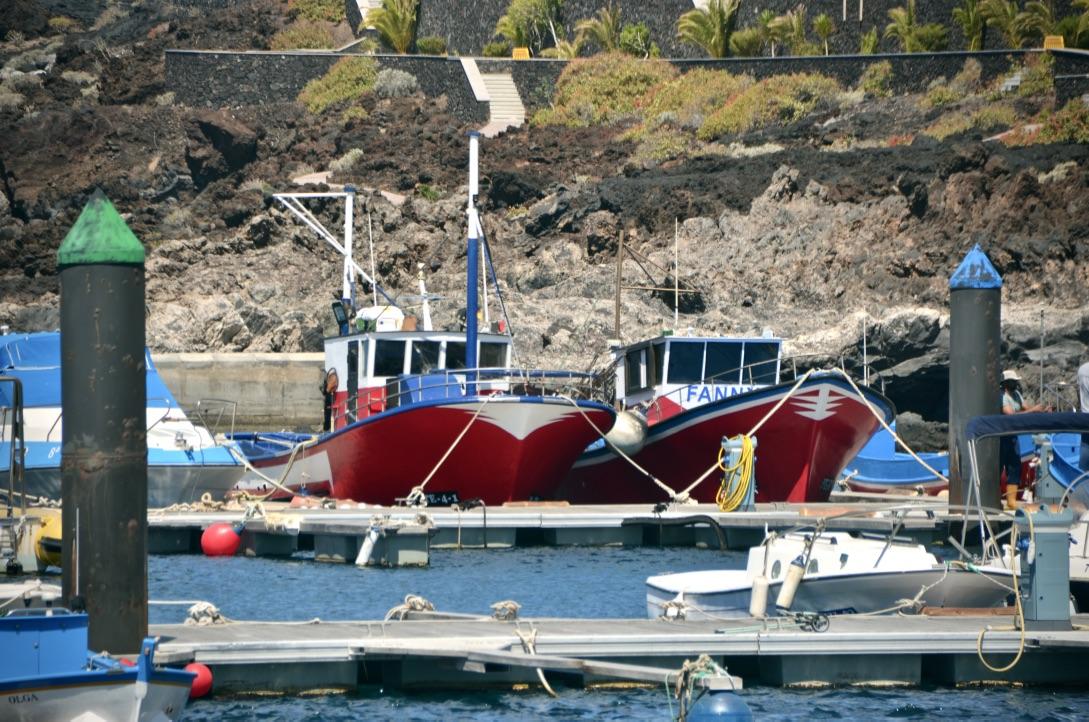
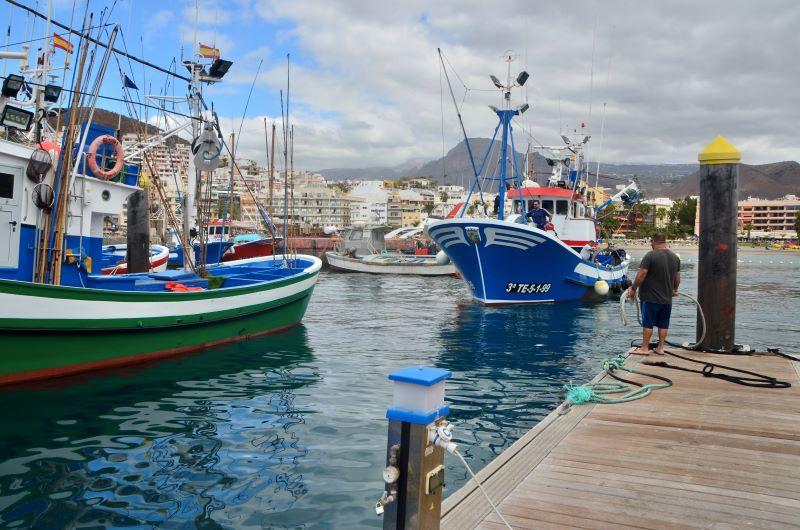
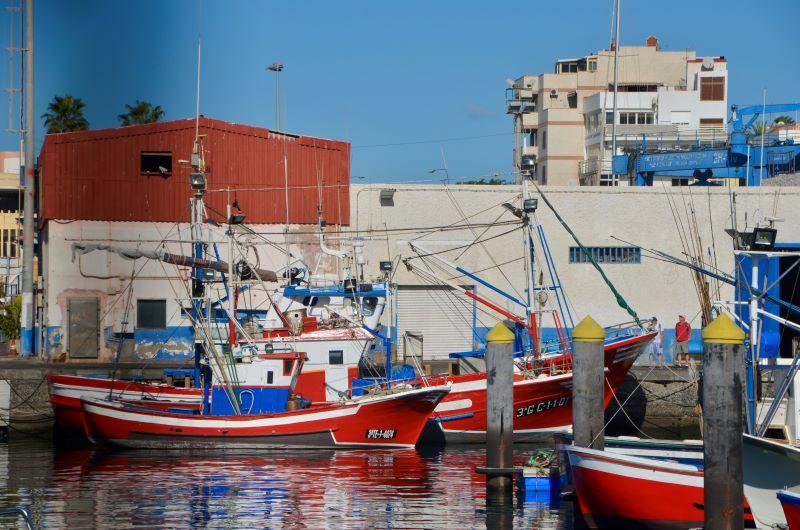
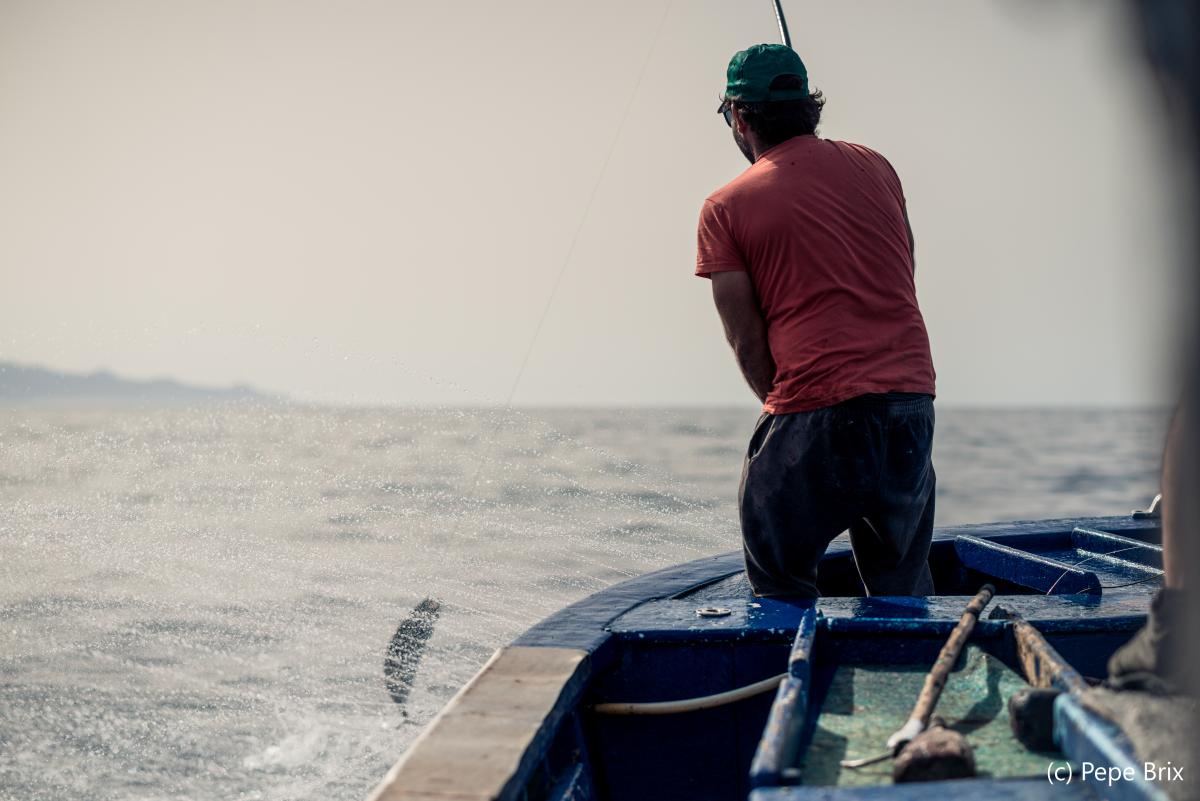
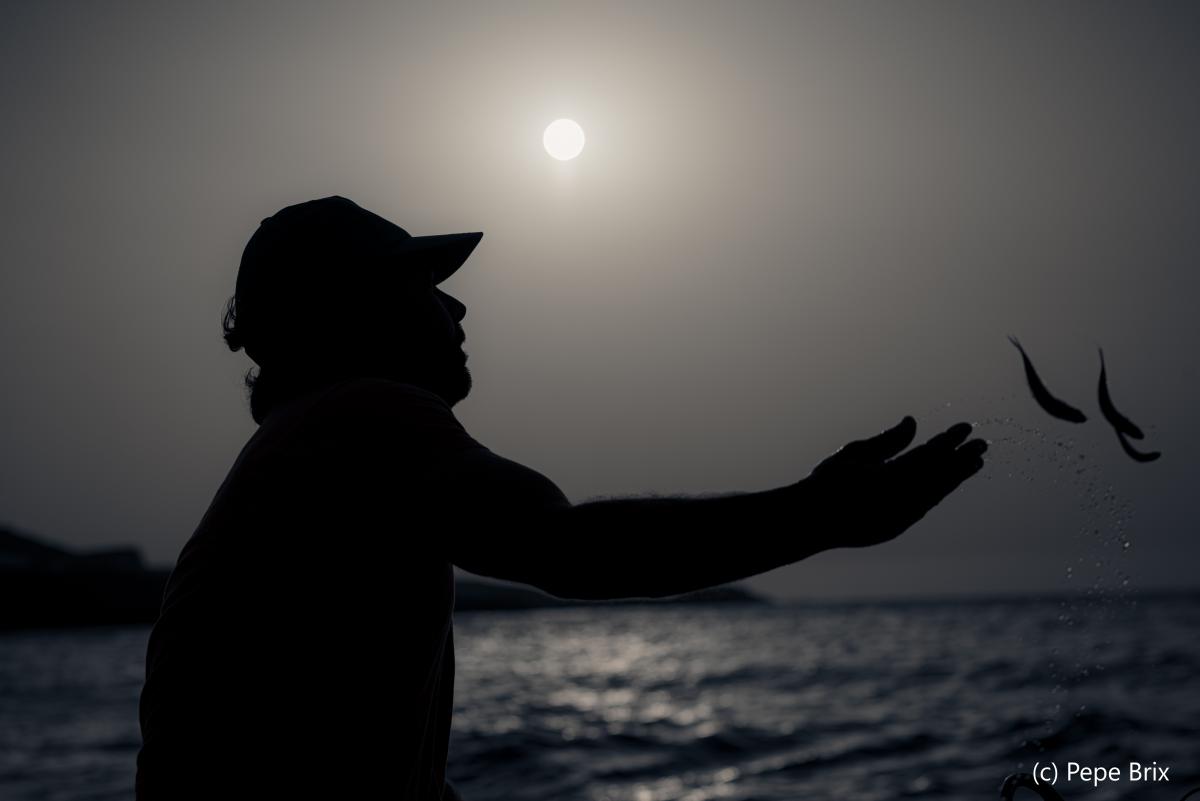
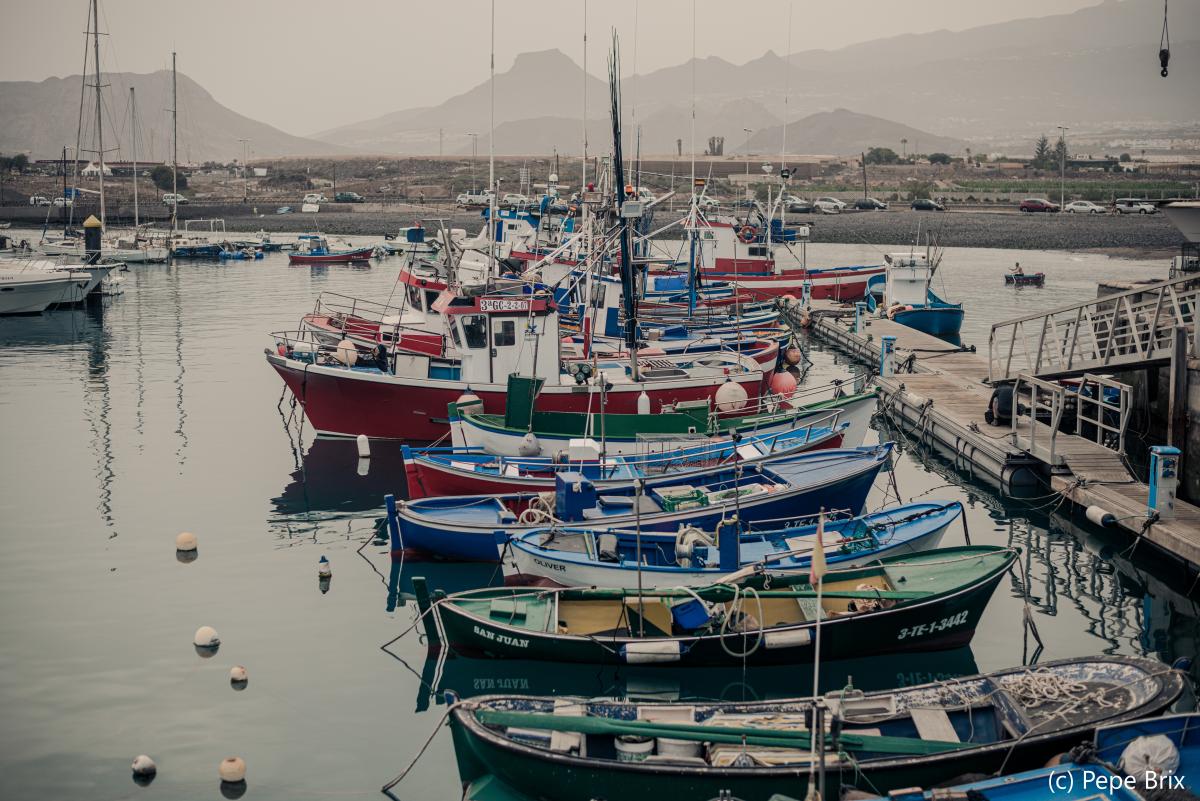

Meet the Fishers
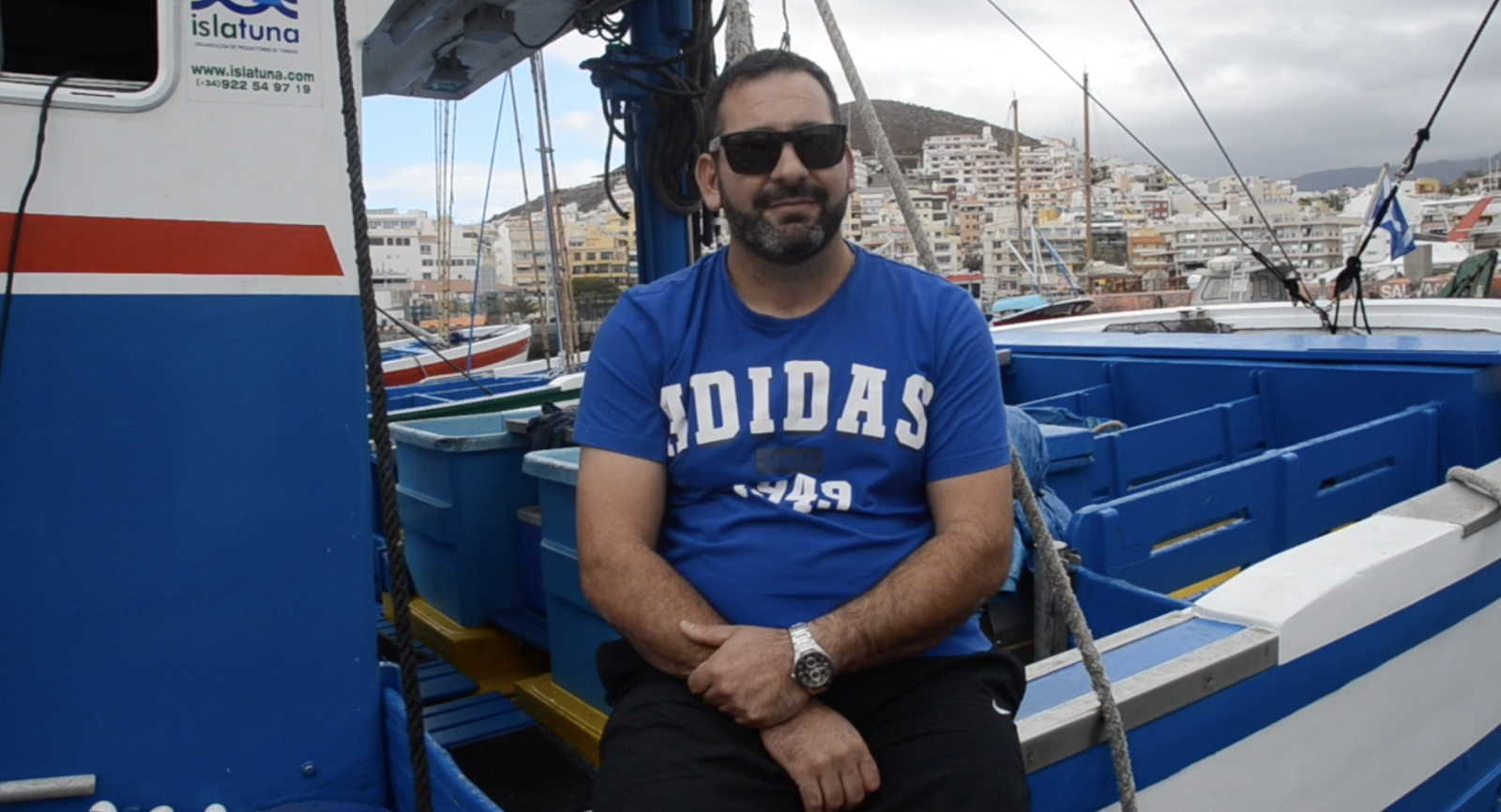
Yeray
Profession: Fisher
Location: Adeje, Tenerife
PL fishers are dedicated to catching tuna; everyone depends on the tuna business; it is beautiful work and if you don't like it you can't be a fisher.

Typical Vessel
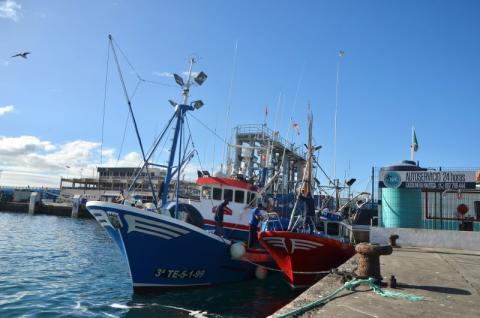
| Item | Value |
|---|---|
| Crew Size | 12 |
| Size Range(m) | 26 |
| Onboard Cold Storage? | Yes |
Fleet Capacity
-
3044t
- Annual Catch Volume (metric tonnes)
-
1700
- Local Employment
Target Species
Bigeye Tuna
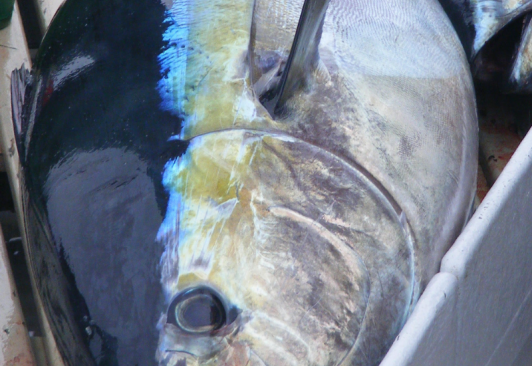
Fishing Gear
Pole-and-line
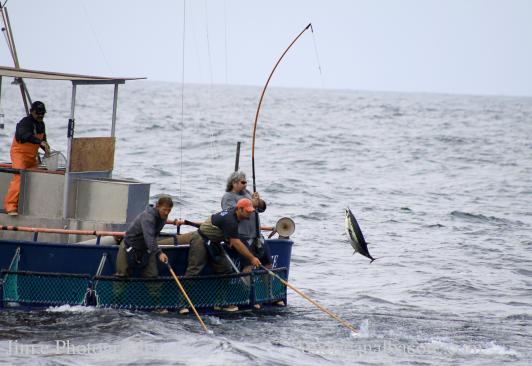
Traceability
Traceability systems are used in food supply chains to track a product from production to consumption. They assist with ensuring that standards and regulations are met throughout the supply chain, which is very important for products that travel across the globe, such as tuna.
Good traceability reduces contamination, disease, and spoilage. In the case of seafood, it also helps to maintain sustainable fish stocks in the oceans so we can keep enjoying tuna for years to come.
Most importantly, traceability provides transparency through the supply chain, allowing all parties including the consumer access to information about the products they are buying.
Vessel Monitoring System (VMS)
In the Canary Islands all landed tuna is logged and recorded by the fishermen and can only be landed in specific auction houses to monitor the amount of tuna brought in. The International Commission for the Conservation of Atlantic Tuna (ICCAT) organisation sets total allowable catch (TAC) limits on vessels and reviews the log books. All vessels have Vessel Monitoring Systems (VMSs) which track the location of vessels during fishing trips so tuna can be traced back to where they were fished from.
Fishery Association
What is an industry association?
Industry associations are responsible for enforcing industry specific standards and regulations to protect employees and companies within that industry. They have a range of responsibilities such as providing industry specific information to businesses and useful resources, engaging in education programs, and supporting businesses so that they can reach and maintain industry standards.
Another important role of an industry association is lobbying governing bodies to take action on issues that are affecting the industry in question.
What is a fishery association?
Fishery associations are generally not-for-profit organisations that represent fisheries in one area of the world. Fishery associations are important for small-scale and artisanal fisheries, to defend their rights in a competitive industry and lobby governments for their support of these fisheries.
These associations ensure fishers are protected as employees in this industry, and that fish stocks are being managed appropriately to ensure the fishers trade will continue and be prosperous. Some associations represent employees throughout the supply chain, from fishers, to processors, to distributors, protecting the workforce from the source to your plate.
Islatuna
Islatuna (Organización de Productores de Túnidos y Pesca Fresca de la Isla de Tenerife) is an organisation of tuna and fresh fish producers on Tenerife in the Canary Islands. The organisation was established on November 4, 2004 by 20 vessel owners, in order to bring better returns to the local fishers, increase the market competitiveness of fishery products, provide a voice for the fishers at international policy meetings and to open the door to Poseican Pesca funding - a program set up by the European Commission to support fisheries in the outermost regions.
Since its establishment, the number of partners has continued to grow and today there are 77 members, with a total of 81 vessels. The vessel sizes vary in size, with three larger than 20 meters, 22 between 12 and 20 meters, and a total of 56 less than 12 meters. The majority are artisanal pole-and-line vessels, as well as two longline vessels. Currently there are 33 people working at Islatuna. The organisation is committed to guaranteeing the highest quality products while offering maximum care to the environment by supporting artisanal, responsible fisheries.
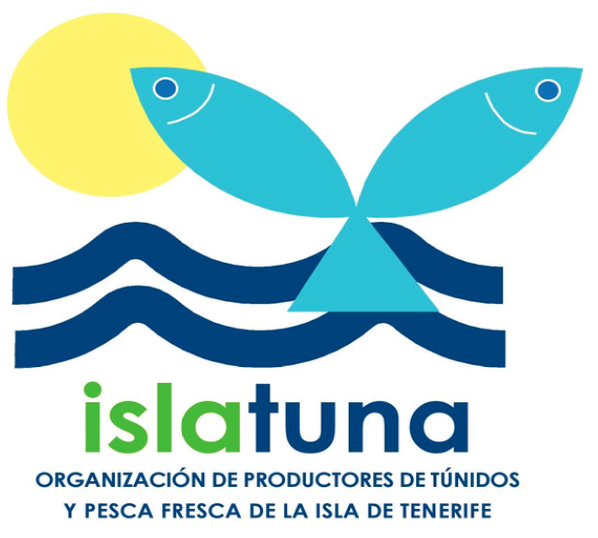
Cofradia De Pescadores Nuestra Señora De Los Reyes
Cofradia De Pescadores Nuestra Señora De Los Reyes is an administrative body that supports and represents the interests of the one-by-one tuna fishers of El Hierro, Canary Islands. It works in tandem with PESCARESTINGA to support the fishery, fulfilling key roles such as managing vessels and fishery documentation as well as advocating for the fishery’s interests at various government levels.
The El Hierro one-by-one tuna fishery comprises fourteen vessels including two 12-metre boats that account for approximately 80% of the catch. Landings are dominated by skipjack, but yellowfin are also targeted when they migrate through seasonal warm waters. The pole-and-line tuna fishery provides invaluable support to the island’s coastal communities in terms of nutrition and livelihoods. The fishers were also a driving force in the creation of a 750-ha marine reserve (which is part of a biosphere reserve that also includes a terrestrial ecosystems) that was established in 2000.
Find out more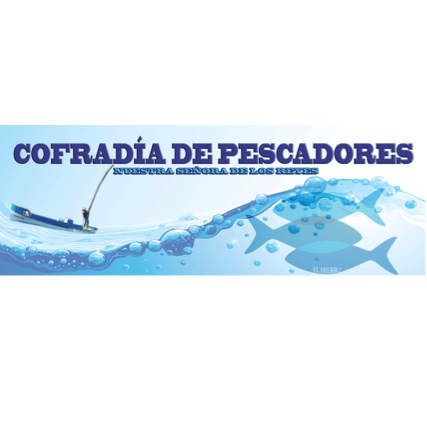
Optuna No 42
Organización de Productores de Túnidos y Pesca Fresca (Optuna No 42), is a non-profit producers association organisation based in Lanzarote, Canary Islands.
Founded in 1991 by 21 pole-and-line fishery stakeholders, the organisation represents the interests of the local pole-and-line tuna fishery, and aims to safeguard the future of the fishery and to improve the commercialisation of its members’ tuna catches. Its membership is predominantly comprised of six pole-and-line tuna vessels, each between 24 and 34 metres in length and carrying 12 crew. Additional support is provided by boats from Fuerteventura, La Graciosa and Puerto del Carmen (among others).

PESCARESTINGA
Sociedad Cooperativa del Mar Pesca Restinga (PESCARESTINGA) is a fishers’ cooperative, supporting and representing the interests of the one-by-one tuna fishers of El Hierro, Canary Islands. It was formed in 1996 and works in tandem with Cofradia De Pescadores Nuestra Señora De Los Reyes to support the fishery, handling the commercialisation of the local fisher's catch.
The El Hierro one-by-one tuna fishery comprises fourteen vessels including two 12-metre boats that account for approximately 80% of the catch. Landings are dominated by skipjack, but yellowfin are also targeted when they migrate through seasonal warm waters. The pole-and-line tuna fishery provides invaluable support to the island’s coastal communities in terms of nutrition and livelihoods.
The fishers were also a driving force in the creation of a 750-ha marine reserve (which is part of a biosphere reserve that also includes a terrestrial ecosystems) that was established in 2000.
Find out more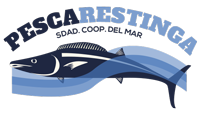

Regional Fisheries Management Organisation
International Commission for the Conservation of Atlantic Tunas (ICCAT)
Regional fisheries management organisations (RFMOs) are international bodies formed to manage fish stocks in an oceanic area. They include several countries with fisheries operating in that area, and some focus on particular species such as tunas. They are established through international agreements and treaties. RFMOs typically collect fishery statistics, assess fish stock conditions, monitor fishery activity and make fishery management decisions.
The International Commission for the Conservation of Atlantic Tunas (ICCAT) is an RFMO that is responsible for the management of tuna and tuna-like species in the Atlantic Ocean. In 2016 ICCAT celebrated it’s 50th anniversary, and due to the wide range of countries it covers, it is known by 2 other names and acronyms: ‘Commission internationale pour la conservation des thonidés de l'Atlantique’ (CICTA), ‘Comisión Internacional para la Conservación del Atún Atlántico’ (CICAA).
Stock Status Reports
Bigeye Stock Status
2021-07-29The stock status of a fish species signifies whether a species is 'overexploited', 'fully exploited' or 'underexploited'. Different organisations use different parameters to assign these labels. For example, the Food and Agricultural Organisation of the United Nations (FAO) deems any species to have less than 40% of it’s ‘unfished biomass’ to be overexploited.
The aim of assigning stock status to a species is to ensure that catches are kept at a level where future catches will not be affected, in other words, to maintain a healthy, viable population of fish.
In addition to biomass, spawning potential, catch trend and size-age composition may be used to determine stock status. These are important factors to consider as some species are more resilient than others and have different ecological features. For example, bigeye tuna dive deeper than any other tuna species, therefore they are likely to occupy a different ecological niche.
National Reports
Spain
2022-07-01National Reports are formal documents from members of the Tuna Regional Fisheries Management Organisation (tRFMO) in question. Each country that falls within the tRFMO must report on the state of their national fisheries in relation to the requirements of that tRFMO. They are normally presented to the annual Scientific Committee meetings by a credentialed head of delegation - considered national scientists. The tRFMO normally prescribes what the report should entail and how it should be structured, which would also include progress on key resolutions on conservation and management measures, and brief the ongoing scientific research of interest to the tRFMO.
